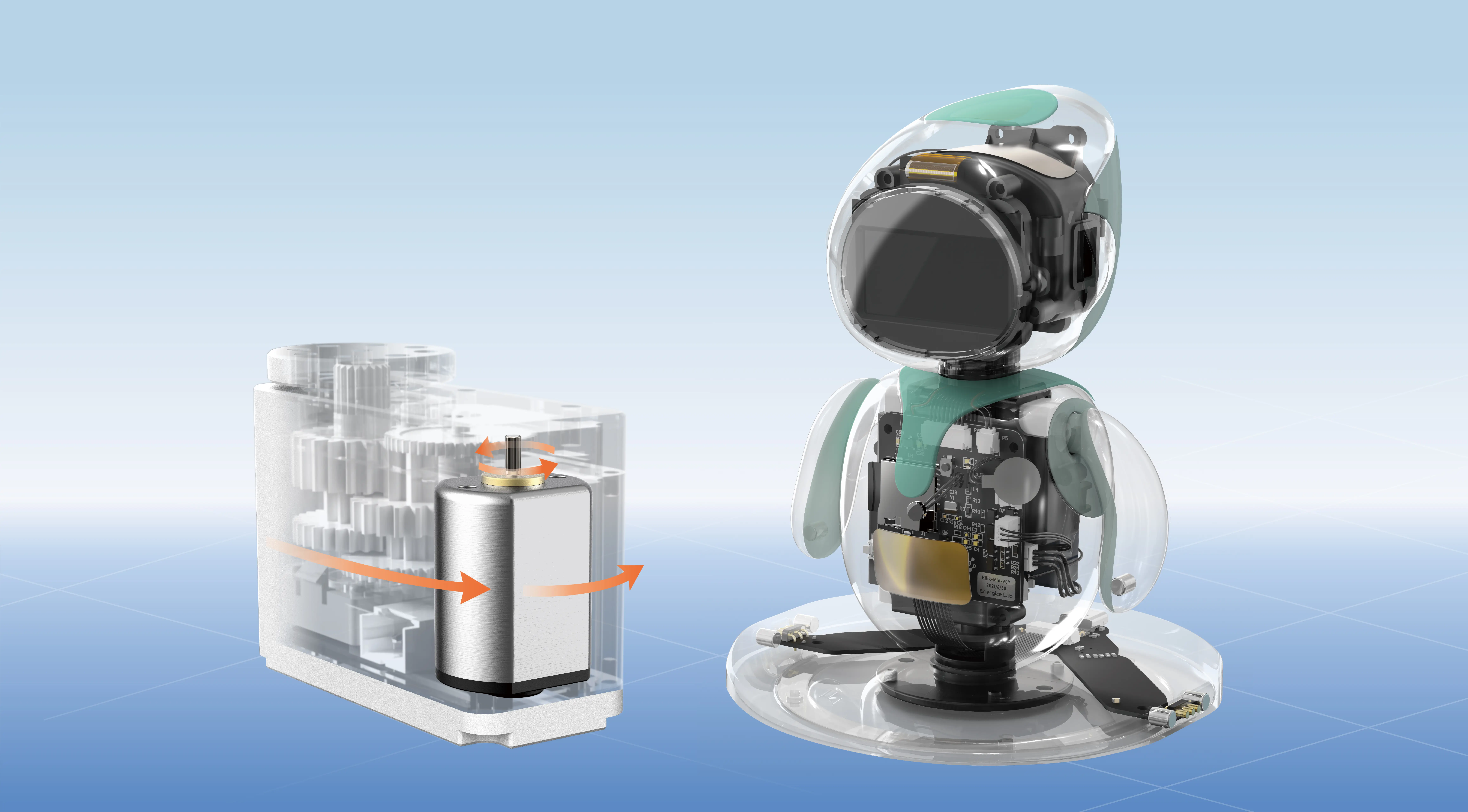When you're diving into your RC car project, choosing the right motor can feel like navigating a maze. Two popular options buzz around: stepper motors and servo motors. But which one really powers up your adrenaline-filled rides? Let’s break it down.

Stepper motors are often highlighted for their precision. Imagine you want your RC car to make exact movements—like performing a perfect wheelie or navigating tight corners. Stepper motors excel here because they move in precise steps, making them ideal for applications that demand accurate control. The catch? They can run hotter and sometimes aren’t as fast as you'd wish in high-speed scenarios. Think of them as the meticulous artist—architecture, not drag racing.
Servo motors, on the flip side, are the speed demons. They pack a punch when quick, responsive steering or throttle control is needed. Because they use feedback systems, they can adjust instantly, ensuring your car responds smoothly to every command. Ever felt like your RC car is an extension of your arm? That’s the servo working its magic, giving you that quick and reliable response when you’re dodging obstacles or pulling off crazy stunts.
How do you pick between them? Well, it really depends what kind of experience you're chasing. If your project calls for laser-focused control—like precise crawl or delicate navigation—then a stepper could be a game changer. But if speed, agility, and rapid response are your priorities, a servo might be the way to go. Some advanced setups even combine both, harnessing the strengths of each.
Thinking about durability and efficiency? Stepper motors generally have a simpler design with fewer moving parts, which can translate to longer lifespan. Servo motors, while robust, need proper maintenance to stay at peak performance, especially in high-stress scenarios. It’s like choosing a reliable old car for city driving or a sleek sports car for weekends—each has its own charm.
Here’s a little insight that might surprise you: some hobbyists prefer stepping motors because they tend to hold position without power, which means less drain on the battery when stationary. Meanwhile, servos often require continuous power while active, impacting your run time on the track.
So, what’s the real decider? Think about what rides your boat—speed, control, or a bit of both. Also, consider the weight and size constraints of your RC car. A compact project might lean toward servo for less bulk, but if you’re building something more rugged or stable, a stepper’s steady hold can be a big plus.
At the end of the day, it’s about matching technology to your needs. And the fun part? Exploring both options opens up new possibilities for customization, pushing your RC car to that next level. You want your car to rip across the terrain or inch through a tight maze? Both motors have got their perks—just pick what fuels your passion.
Established in 2005, Kpower has been dedicated to a professional compact motion unit manufacturer, headquartered in Dongguan, Guangdong Province, China. Leveraging innovations in modular drive technology, Kpower integrates high-performance motors, precision reducers, and multi-protocol control systems to provide efficient and customized smart drive system solutions. Kpower has delivered professional drive system solutions to over 500 enterprise clients globally with products covering various fields such as Smart Home Systems, Automatic Electronics, Robotics, Precision Agriculture, Drones, and Industrial Automation.




































